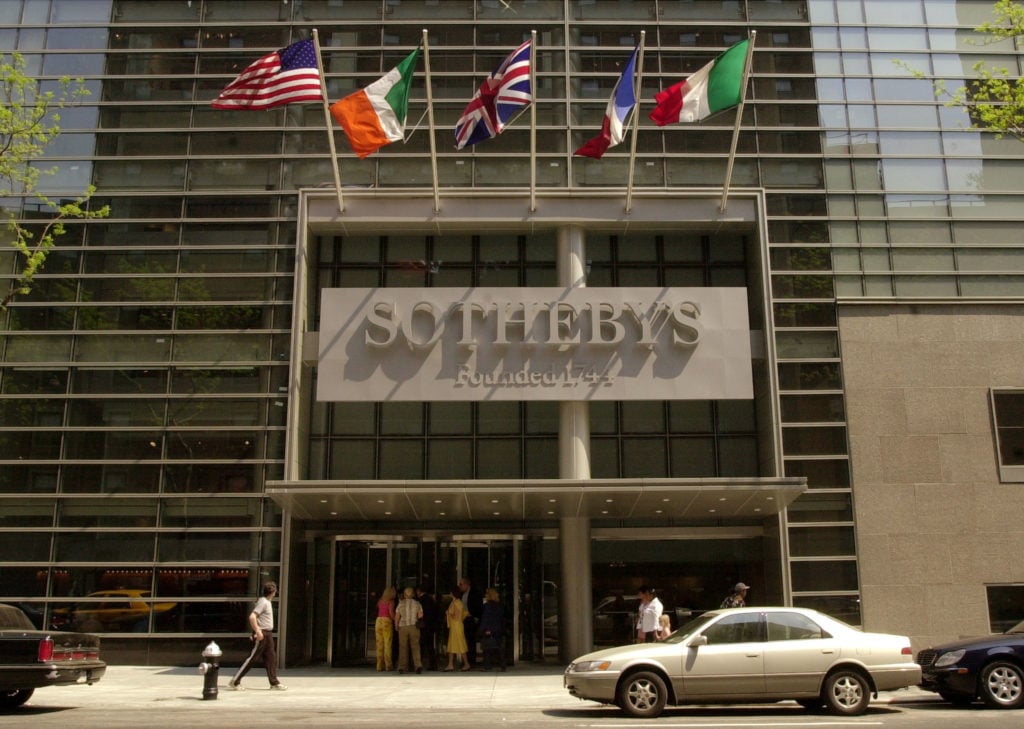Art World
The Academy Museum of Motion Pictures Has Won the $250,000 Sotheby’s Prize to Stage a Show on the History of Black Cinema
The prize funds exhibitions on "overlooked or under-represented" areas of art history.

The prize funds exhibitions on "overlooked or under-represented" areas of art history.

Henri Neuendorf

The second annual Sotheby’s Prize for curatorial excellence went to the Academy Museum of Motion Pictures for its proposal to stage an exhibition titled “Regeneration: Black Cinema 1900-1970,” which aims to expose a largely forgotten history of American filmmaking.
The winner of this year’s award, which comes with $250,000, was chosen by a panel of jurors that included Hammer Museum chief curator Connie Butler, Whitney Museum chief curator and deputy director Donna De Salvo, former director of Munich’s Haus der Kunst Okwui Enwezor, Mauritshuis director Emilie Gordenker, Sotheby’s chairman Allan Schwartzman, and former Tate London director Nicholas Serota.
The winning entry “comes at a moment when issues of representation—of the under-representation of people of color, of women, of black filmmakers and artists—are so important and so urgent,” said Connie Butler in a statement.
In addition to the main prize, the auction house also awarded $10,000 to each of five other institutions who made “inspiring and transformative” proposals. Beneficiaries this year include the ZUMU in Hura, Israel (for “Tradition & Modernization”); the Wallace Collection, London (“Henry Moore: The Helmet Head Series”); Des Moines Art Center, Iowa (“Contemporary Queer Abstraction”); Contemporary Arts Center, Cincinnati, Ohio (“The Career of Robert Colescott”); and the Norval Foundation, Cape Town, South Africa (“Jackson Hlungwani: Alt and Omega”).
“We felt that these stood out,” Serota told artnet News. “They either are a major reassessment of an artist, like Robert Colescott, or in the case of Henry Moore, throwing light on an unknown aspect of his work. They each commended themselves in different ways.”
Launched in May 2017, the Sotheby’s Prize helps fund exhibition proposals exploring overlooked or under-represented areas of art history.
Serota added that the geographic locations of the winning institutions—in many cases away from global art centers, was an added bonus. “In such places curators look for new areas to look at,” he said. “They may not be able to do a Warhol or Picasso show, but they are committed to new ways of looking at the world.”